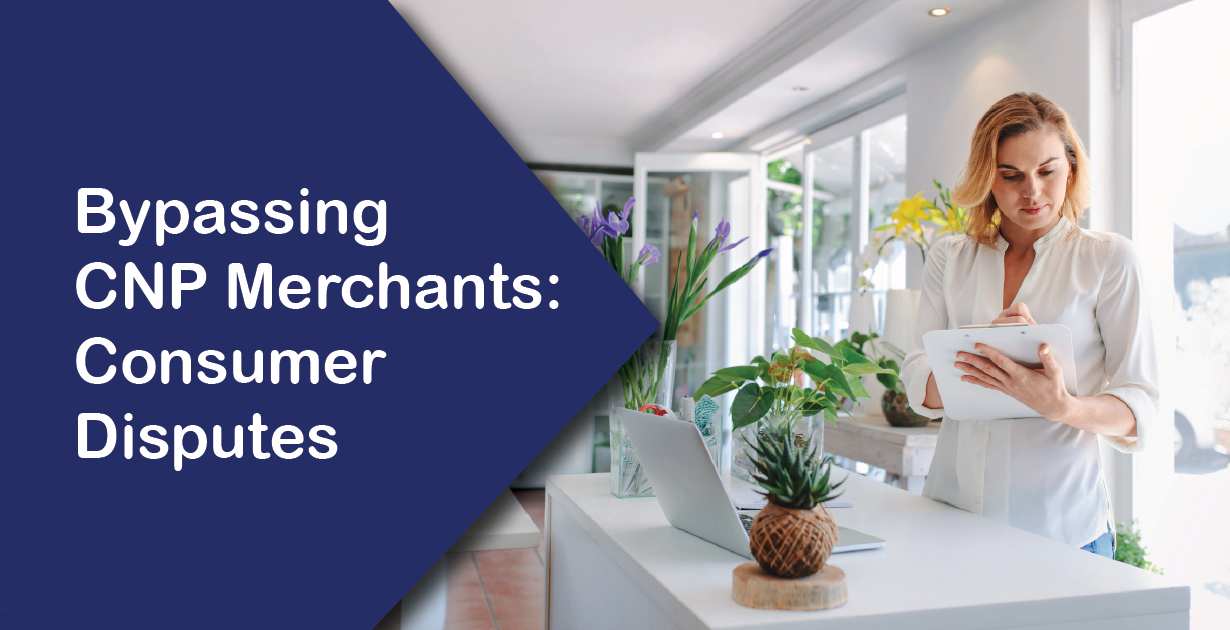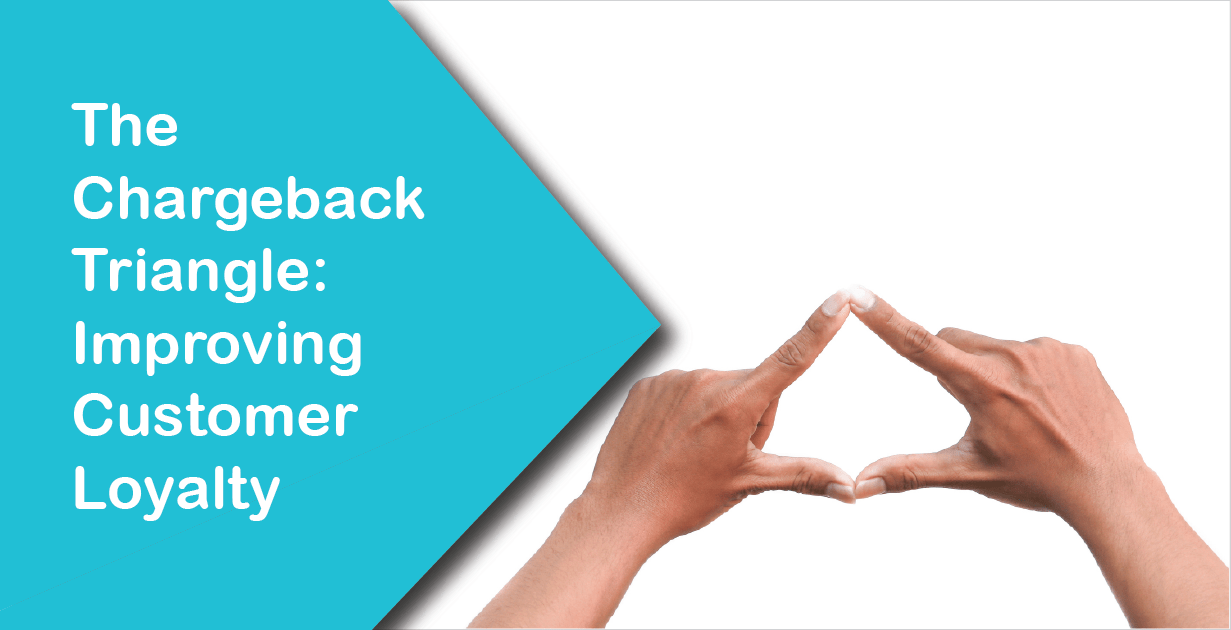
In today’s omnichannel market environment, when a consumer completes a digital transaction and has a problem with the purchase she typically doesn’t know whom to contact. Since she has flagged the transaction on her billing statement, her first choice of contact is the issuer rather than the merchant.
The reason for this is quite clear. The card-not-present (CNP) business model doesn’t require direct interaction between the merchant and the consumer. And since the issuer does not have enough information to resolve the consumer’s dispute, too often the inevitable result is a chargeback.
Clearly, this is not a process that works best for consumers, merchants or issuers. No one comes out ahead when a query escalates into a chargeback. Consumers are frustrated, issuers risk brand erosion, and merchants lose revenue which compels them to raise prices – further impacting consumer purchase behavior.
The entire dynamic can change by opening the lines of communication between consumers, merchants, and issuers to resolve disputes before they become chargebacks.
The Consumer-Merchant Relationship
Merchants must put solutions in place to make them available and accessible to consumers for all transactions. This is particularly important for CNP purchases.
The importance of establishing better communication is reinforced by a recent Javelin Strategy & Research report, which found in more than 8 in 10 cases contacting the merchant first prevents a chargeback.
The research also detailed these realities of the consumer-merchant relationship:
- 76% of consumers bypassed merchants in suspected fraud cases.
- 72% of CNP merchants believe that consumers bypass them and directly dispute the transaction with the issuer.
- 56% of merchants can pre-empt a chargeback or refund/return when the consumer contacts them first.
- 45% of consumers have disputed one transaction in the past year.
- 25% of consumers have disputed more than one transaction in the past year.
The number of consumers who disputed a transaction in the past year is telling, because chargebacks cost merchants and issuers $31 billion in 2017 – with $19 billion absorbed by merchants. This shines a light on the importance of merchants changing how they communicate, both with consumers and issuers.
The Javelin Strategy & Research report emphasizes that most consumers dispute transactions due to delivery problems, such as an incorrect or damaged item. In these instances, merchant involvement early in the process is critical for preventing chargebacks.
How Merchants Can Eliminate Consumer Communication Gaps
CNP merchants can make significant inroads to avoid unnecessary transaction disputes by employing the basics of good customer service. This reinforces to consumers that the merchant cares and wants to solve their problems.
- Order review. Before finalizing an order, review it carefully to ensure there are no duplicates in the system or emails from the consumer following the transaction that could impact fulfillment.
- Confirmation emails. A confirmation email offers the consumer a way to contact the merchant. Be sure to include an option to change or cancel the order.
- Act quickly. When a consumer sends an email or opens a chat, respond quickly. In the case of a request for a refund, do this as quickly as possible and keep the consumer updated throughout the refund process.
- Shipping details. Consumers often feel disconnected when they don’t know when their order will arrive. Provide clear shipping details including a tracking number, an estimated delivery date and time, and send a confirmation email (or text) when the item is delivered.
- Be available. Clearly display customer service contact information on the website (the footer is a good location). A chat window is an effective tool to address consumer questions . Respond to emails and social media posts quickly.
- Flexible communication. Know how your customers want to communicate and be contacted. Some prefer email while others prefer text or a phone call. Have several options available to raise their comfort level.
Merchants must evolve with consumer demands and expectations and provide the right information for the right parties at the right time to resolve transaction disputes before they become chargebacks.
Collaboration solutions like Verifi’s Order Insight™, which connects consumers with merchants and issuers with relevant transaction information, are the most effective tools for resolving consumer confusion quickly and effectively.
Contact Verifi to learn how you can provide consumers with the right balance of communication and information to reduce chargebacks, protect your revenue, and turn potentially brand damaging experiences into brand building opportunities.








